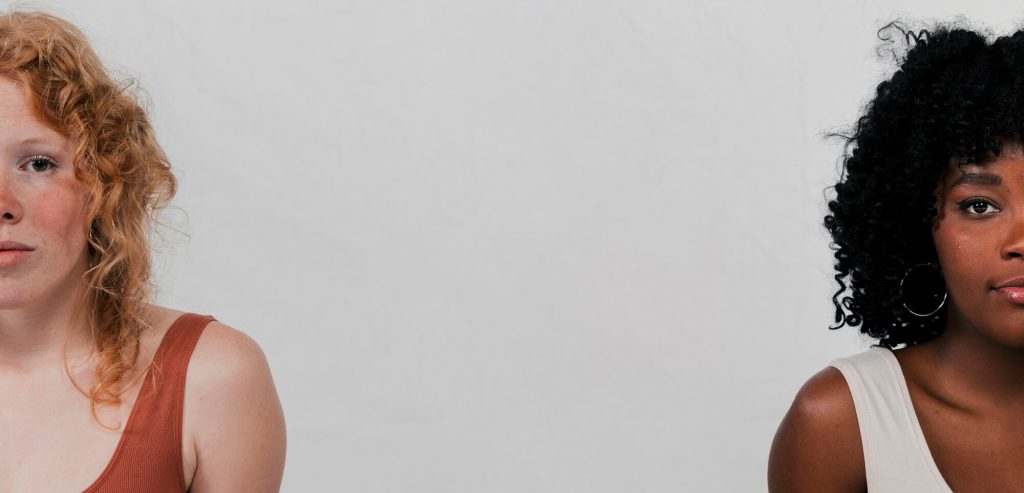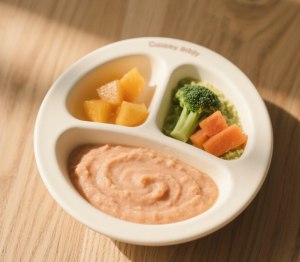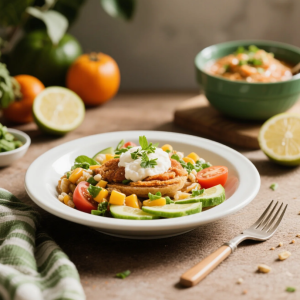
👶 What Is Baby-Led Weaning, Really?
Let’s clear the mashed banana off the high chair tray and get to the point: Baby-Led Weaning (BLW) is a method of introducing solid foods where babies feed themselves from the start—no spoons, no purees, no airplane noises (okay, maybe just for fun).
Instead of starting with pureed veggies or cereal, BLW gives babies soft finger foods they can grasp and explore. It’s built on the idea that babies can self-regulate hunger, explore textures, and develop independence at mealtime.
But is it really as magical as it sounds?
📚 The Origins: A Trend Born in Simplicity
BLW may sound like a TikTok trend with avocado toast aesthetics, but it actually dates back to the early 2000s, when British health visitor Gill Rapley popularized the term.
Her research suggested that babies who are allowed to feed themselves might:
- Develop better motor coordination
- Become less picky eaters
- Learn to eat according to hunger—not pressure
That said, BLW isn’t backed by a massive stack of randomized clinical trials—yet. Much of its popularity comes from anecdotal success stories shared by confident (and often Instagram-savvy) parents.
🧠 The Psychology Behind Letting Go of the Spoon
What makes BLW so appealing to some parents is the philosophy behind it: trusting your baby.
You’re essentially saying:
“I trust you to explore, decide, and participate in this process.”
This builds not only feeding autonomy but also supports emotional development. Babies get to experience textures, make decisions, and even reject foods without shame or coercion. That can lead to a healthier long-term relationship with food.
On the other hand, some parents worry:
“If I hand over that steamed carrot stick, am I signing up for a choking incident?”
Let’s dive into the facts.
🦺 Is It Safe? Let’s Talk Choking
This is the biggest concern—and it’s valid.
Studies have shown that properly executed BLW doesn’t increase choking risk compared to traditional spoon-feeding—as long as safety guidelines are followed.
Safety Must-Knows:
- Offer soft, graspable foods (banana slices, steamed broccoli, ripe pear)
- Avoid common choking hazards (whole grapes, raw apples, nuts)
- Always supervise feeding closely
- Let baby sit upright during meals
Interestingly, BLW may even teach babies to chew before swallowing—a skill sometimes delayed in puree-fed infants.
So no, BLW is not a reckless act of culinary rebellion—it just takes preparation and attention.
🧂 What Do Pediatricians Say?
Most pediatricians are cautiously optimistic. Organizations like the American Academy of Pediatrics (AAP) don’t endorse BLW specifically, but they support baby-led principles like:
- Starting solids around 6 months
- Letting babies self-feed when ready
- Introducing a variety of foods early (including allergens)
Pediatricians generally recommend a hybrid approach: a mix of traditional and baby-led methods based on your baby’s cues and abilities. Translation: You don’t have to be all-in or all-out. 🧘♀️
🍎 First Foods to Try With BLW
So, what should be on the baby menu?
Here are great BLW-friendly first foods that check all the boxes: soft, easy to hold, nutrient-dense.
- Steamed sweet potato wedges
- Soft avocado slices
- Scrambled eggs (well-cooked)
- Peeled cucumber sticks
- Steamed carrots
- Ripe banana halves with skin partly on for grip
Tip: Foods should be soft enough to smush between your fingers and cut into finger-length pieces.
⚖️ Pros and Cons at a Glance
Let’s put it all on the high chair tray.
| Pros 🟢 | Cons 🔴 |
|---|---|
| Encourages independence | Can get really messy (bye, clean floors) |
| May reduce picky eating later | Needs extra supervision |
| Supports motor development | Possible nutrient gaps if not varied |
| Saves time on puree prep | Anxiety about choking risks |
Spoiler alert: There’s no perfect method. You know your baby best.
🧃 What About Nutritional Concerns?
This is where some experts raise eyebrows. Puree-fed babies often get fortified cereals early on, which are rich in iron—a critical nutrient for babies around 6 months.
In BLW, parents must intentionally offer iron-rich foods like:
- Soft strips of beef or chicken
- Lentils
- Cooked egg yolk
- Iron-fortified finger foods (e.g., oatmeal fingers)
A pediatrician or dietitian can help you develop a balanced plan that doesn’t rely on guesswork.
🧽 Real Talk: The Mess Factor
BLW is gloriously, hilariously messy.
Think: spaghetti in the hair, avocado in the ears, and breadcrumbs in places you didn’t know existed.
But this messy stage is temporary and teaches babies sensory exploration, coordination, and confidence.
Tip: Invest in a wipeable bib, a dog (optional but effective), and lots of patience.
🧸 Baby-Led Weaning ≠ Parent-Free Chaos
It’s called baby-led, not baby-alone. Your job is to:
- Offer a variety of safe foods
- Sit with your baby during meals
- Model good eating habits
- Watch for cues: Is baby full, bored, overwhelmed?
Responsive feeding still applies. Whether they throw food or devour it, you’re guiding the experience—just without the spoon drama.
📈 What Does the Research Actually Say?
While large-scale studies are still limited, current research shows:
- No significant increase in choking incidents
- Potential for healthier food preferences
- Improved oral-motor development
Some studies even suggest that BLW babies are less likely to be overweight later in life due to better self-regulation—but more research is needed.
💬 Final Verdict: Safe, Smart, or Sensationalized?
BLW can absolutely be safe and smart, but only if done thoughtfully. It’s not about ditching the spoon for Instagram likes—it’s about respecting your baby’s readiness, providing nutritious options, and staying actively involved.
The sensationalism comes when it’s treated as a “one-size-fits-all” miracle. The truth? It’s just one approach among many.
As a parent, your real job is not to choose the trendy method—it’s to choose the right one for your baby.








